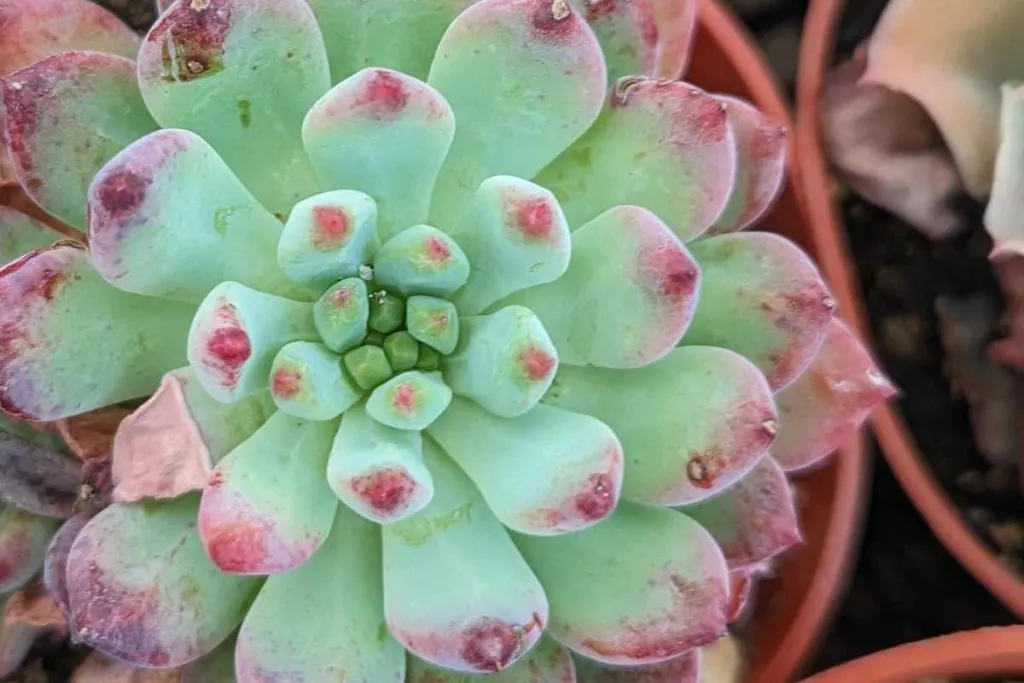What Plants Don't Like Epsom Salt and Their Alternatives
What Plants Don't Like Epsom Salt and Their Alternatives
Blog Article
Explore Why Some Plants Deny Epsom Salt as a Nutrient Source
In the intricate globe of plant nutrition, the denial of Epsom salt as a practical nutrient source by some plants positions an interesting problem. In spite of its rich magnesium and sulfur content, particular plant species appear to avoid this readily available substance. The factors behind this selective actions look into a complex interplay of plant absorption devices, the distinct chemical framework of Epsom salt, and plant-specific nutrient preferences. Comprehending these variables may clarify the enigmas of why some plants opt out of using this apparently helpful nutrient resource.
Plant Absorption Mechanisms
In delving into the elaborate world of plant absorption systems, it comes to be noticeable that the procedure is controlled by an innovative interplay of physiological dynamics and molecular pathways. Plants absorb nutrients mostly through their roots, utilizing various transportation systems to uptake essential elements such as nitrogen, potassium, phosphorus, and magnesium. Magnesium, an important component in chlorophyll synthesis and enzyme activation, plays an important duty in plant growth and development.
The absorption of magnesium entails numerous actions, beginning with its availability in the soil remedy. As soon as liquified, magnesium ions are occupied by plant roots via details transport healthy proteins installed in the cell membranes. These proteins assist in the motion of magnesium across the origin cell walls and into the plant's vascular system, where it is after that dispersed to various cells to support different physiological features.
Understanding the complex mechanisms behind magnesium absorption in plants clarifies just how this vital nutrient contributes to total plant wellness and productivity. By maximizing magnesium uptake pathways, growers can boost plant yields and high quality, underscoring the value of understanding plant absorption characteristics for sustainable farming techniques.
Epsom Salt Chemical Framework
The chemical structure of Epsom salt, likewise understood as magnesium sulfate heptahydrate, reveals a distinct arrangement of aspects that add to its special residential properties and applications - what plants don't like epsom salt. Epsom salt is composed of magnesium (Mg), sulfur (S), oxygen (O), and hydrogen (H) atoms. The formula MgSO4 · 7H2O suggests that each molecule contains one magnesium atom, one sulfur atom, four oxygen atoms, and 14 hydrogen atoms. The existence of water molecules in its framework adds to its solubility in water. The seven water particles are freely bound to the magnesium sulfate compound, enabling it to liquify easily in water and be easily taken up by plants with their roots.
The crystal structure of Epsom salt develops monoclinic prisms, which are elongated crystals with parallel ends. This crystal shape affects the physical buildings of Epsom salt, such as its texture and solubility. Comprehending the chemical structure of Epsom salt is vital for understanding its behavior as a nutrient resource and its interactions with plants in gardening and farming techniques.
Plant-Specific Nutrient Preferences
Plants exhibit distinct preferences for particular nutrients, stressing the relevance of recognizing their individual needs for ideal development and growth. These preferences are determined by numerous factors, consisting of the plant types, phase of development, ecological conditions, and dirt composition. For instance, some plants might prosper in nitrogen-rich soils, while others need even more phosphorus or potassium for healthy development. Comprehending these plant-specific nutrient preferences is crucial for optimizing crop returns, boosting decorative plant development, and promoting general plant health and wellness - what plants don't like epsom salt.

Plant-specific nutrient choices can likewise vary based upon whether the plant is a monocot or dicot. Monocots, such as turfs and lilies, have various nutrient demands contrasted to dicots like roses and tomatoes. In addition, specific plants may display details deficiencies or poisonings when exposed to excess or inadequate levels of specific nutrients. By customizing nutrient supplementation to satisfy the precise demands of each plant types, farmers can enhance plant growth, decrease nutrition waste, and support sustainable farming practices.

Dirt Ph and Nutrient Uptake
Provided the critical function of plant-specific nutrient choices in enhancing development and health and wellness, recognizing the relationship in between soil pH and nutrient uptake becomes extremely important. Dirt pH plays an essential function in figuring out the availability of vital nutrients for plant uptake. Various plants have differing pH choices for ideal nutrient absorption. Acidic soils with a lower pH are positive for plants like blueberries and azaleas, while alkaline soils with a greater pH match plants such as lilacs and clematis.
Dirt pH influences the chemical types of nutrients in the dirt. In acidic dirts, helpful hints nutrients like iron, aluminum, and manganese can end up being much more available, yet extreme acidity can lead to poisoning concerns. On the various other hand, alkaline soils may restrict the accessibility of nutrients like copper, iron, and zinc, affecting plant growth. Maintaining the ideal pH degree in the dirt is crucial for making certain that plants can effectively uptake the needed nutrients for their healthy and balanced advancement and productivity.
Hereditary Aspects in Nutrient Uptake
In the world of plant nutrition, the interplay of genetic variables substantially affects the uptake of vital nutrients vital for plant growth and advancement. Hereditary factors play a critical function fit a plant's capacity to soak up and utilize nutrients successfully. Variations in genes can affect the expression of transport proteins accountable for relocating nutrients throughout cell membrane layers. These transportation proteins, such as channels and service providers, are encoded by specific genes that can differ among plant species and even within the exact same types.
Additionally, hereditary aspects additionally figure out the efficiency of nutrient uptake mechanisms within plants. As an example, some plants may have hereditary attributes that enhance their capacity to feed on nutrients from the dirt successfully, providing them an affordable advantage in nutrient-poor atmospheres. On the other hand, hereditary variants can likewise lead to limitations in nutrient uptake, making particular plants more prone to deficiencies even when nutrients are plentiful in the dirt.
Recognizing just how genetic aspects influence nutrient uptake is important for developing methods to maximize plant nutrition and enhance crop efficiency in various farming settings. By deciphering the genetic devices included in nutrient uptake, scientists can function towards creating genetically boosted plant selections with enhanced nutrient acquisition abilities.
Conclusion

In click this link the intricate globe of plant nourishment, the rejection of Epsom salt as a viable nutrient source by some plants postures an interesting conundrum. what plants don't like epsom salt. Recognizing these plant-specific nutrient preferences is important for making the most of crop returns, boosting ornamental plant growth, and advertising overall plant health and wellness
By customizing nutrient supplementation to meet the specific requirements of each plant varieties, cultivators can optimize plant development, lessen vitamins and mineral waste, and assistance sustainable farming techniques.
In the world of plant nourishment, the interplay of hereditary aspects considerably affects the uptake of crucial nutrients crucial for plant growth and growth. Comprehending these complexities in plant nutrient uptake is important for maximizing plant growth and wellness in farming practices.
Report this page